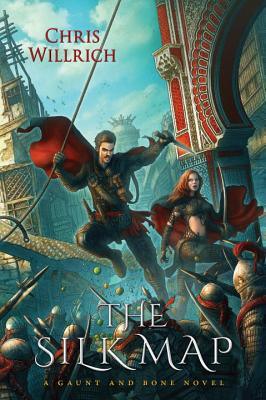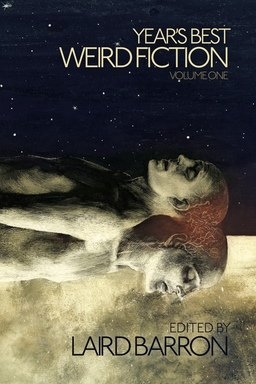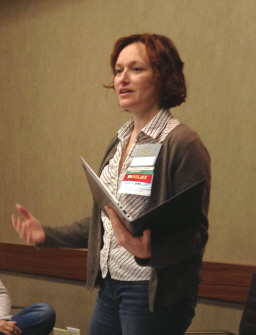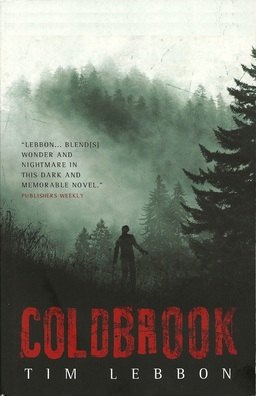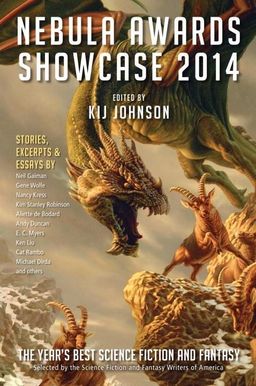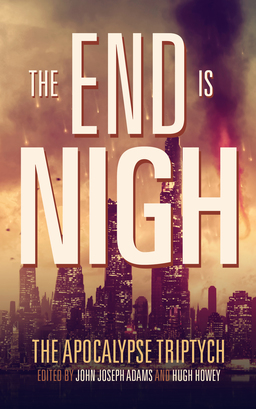Is the Original SF and Fantasy Paperback Anthology Series Dead?
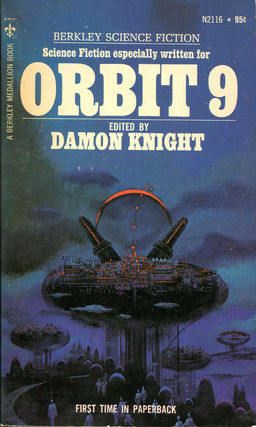 I miss the era of the original paperback anthologies. It seems to have faded away without anyone really noticing and I’m not sure why.
I miss the era of the original paperback anthologies. It seems to have faded away without anyone really noticing and I’m not sure why.
Well, I guess I do know why, but I’m grumpy about it. Short fiction isn’t really viable in mass market anymore. Ten years of trying — and failing — to publish a fantasy fiction magazine taught me that.
That wasn’t always the case. For decades, SF and fantasy readers supported several prestigious, high-paying paperback markets for short fiction and they attracted the best writers in the field. Damon Knight published 21 Orbit anthologies between 1966 and 1980; Robert Silverberg edited New Dimensions (12 volumes, 1971-81) and star editor Terry Carr helmed 17 volumes of the Universe series (1971-1987), for example.
I’d be hard pressed to tell you which of those three was the best source for original SF and fantasy, and I don’t really feel qualified to anyway, since I didn’t read them all. (Or even most of them — we are talking a combined 50 volumes, just for those three. I read pretty fast, but I’m not Rich Horton.)
In any event, those days are gone. And now that they are, I wonder — was it the sheer editorial talent of Messieurs Knight, Silverberg, and Carr that allowed their respective anthologies to continue for decades?
Or was there simply more of an appetite for short fiction forty years ago? Could an editor with the same talent and drive accomplish what they did today? Or is it futile, like trying to argue football with the Borg?
